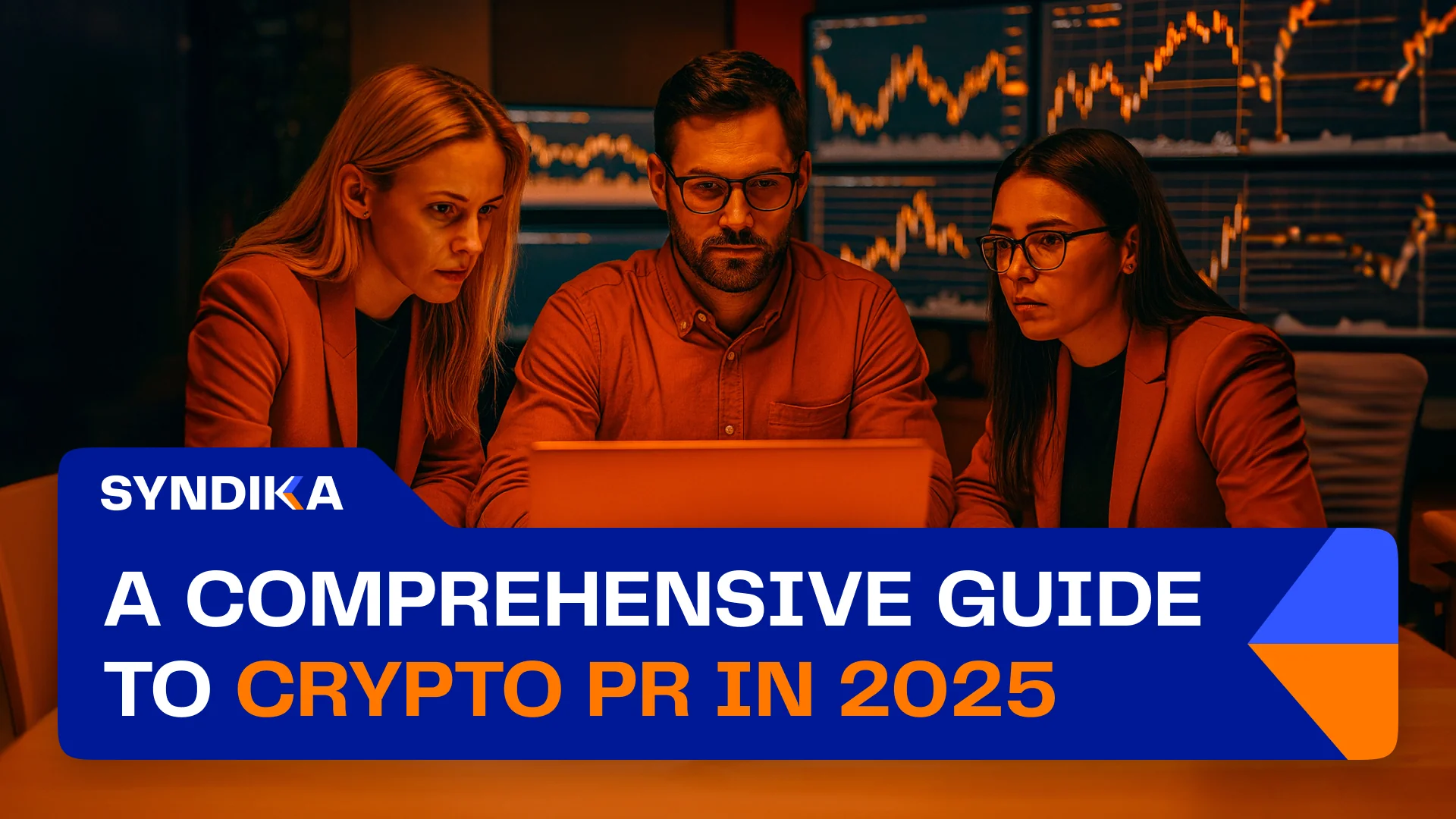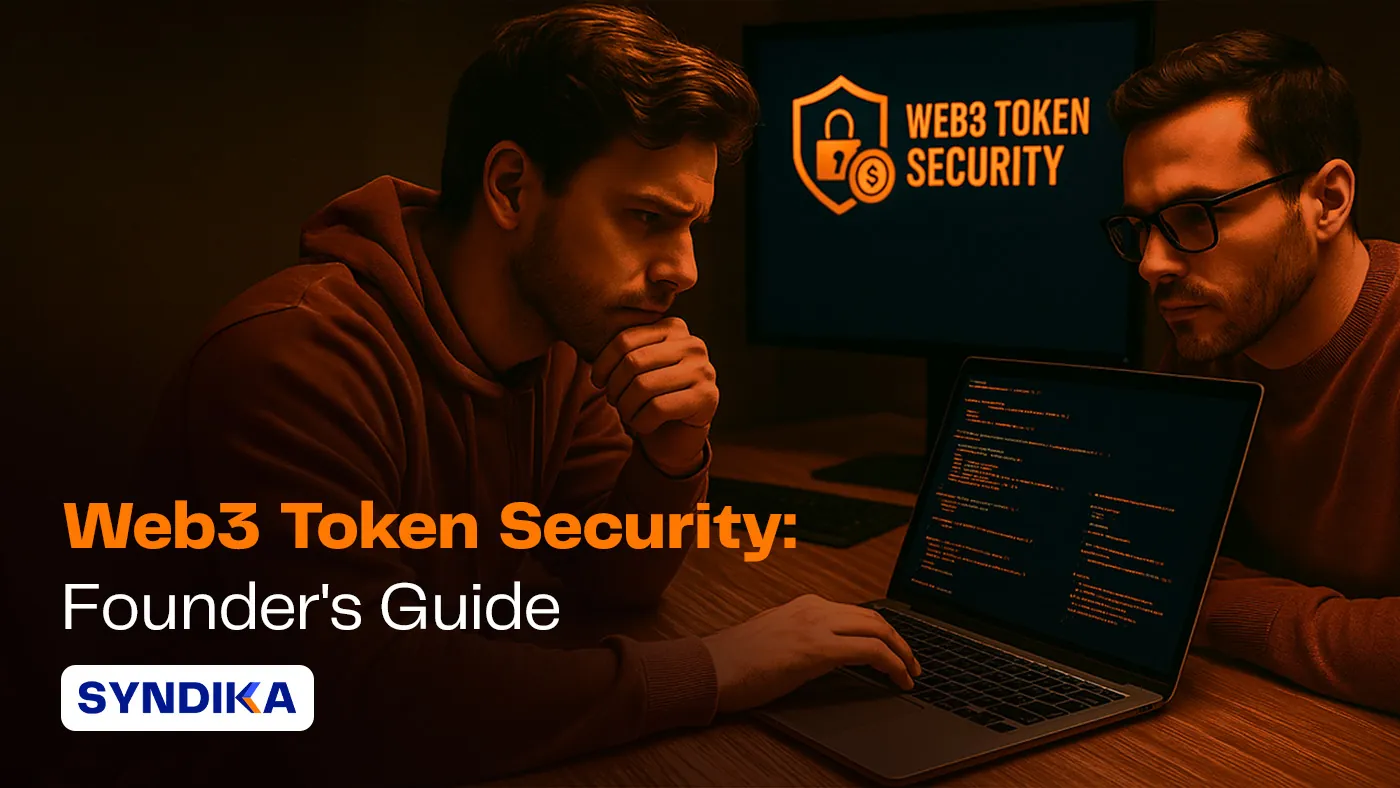
In 2024, the crypto space witnessed 256 IDOs across different IDO or launchpad platforms, according to Coincodex. However, as practice shows, many new tokens fail to hold their ground after your token listing.
In addition, the Binance Wallet IDO analysis noted that many blockchain projects perform strongly on day one, but fail after because “long-term success relies on operational strategy.”
If you’re preparing to launch an IDO, understanding these pitfalls will help you launch your IDO successfully and not lose your community trust and support after the IDO launch.
Check out our list of 6 common reasons that can kill your IDO, prepared in collaboration with ChainGPT Pad.
1. Poor Timing And Market Conditions
If you are not new to crypto, you know that he crypto market runs in cycles, and timing matters a lot for an IDO. If you launch during a bear market, capital is scarce, investors are very careful and demanding, and even great projects struggle to raise funds. In contrast, bull markets attract capital more easily. However, they also bring lots of competition – hundreds of tokens competing for the same attention. Both extremes can work against you if you choose the ‘wrong’ moment.
What’s more, even if your tokenomics and product are solid, external market conditions can overshadow your launch. For example, a sudden Bitcoin crash or regulatory announcement can drain liquidity from the entire market overnight.
What’s the lesson here? Web3 founders must align their fundraising timeline with broader crypto market conditions. It’s better to delay an IDO for stronger conditions than to push forward into weak demand.
“Good timing is also about aligning product readiness, narrative momentum, and liquidity conditions. The best launches I’ve seen don’t chase hype; they wait for the moment where attention and value delivery converge,” adds Jayson Burgess, a marketing lead at ChainGPT Pad.
2. Lack of Organic Liquidity
Liquidity is the lifeblood of a token after an IDO. Many Web3 startups build liquidity artificially with market makers and botted airdrops to attract trading activity. However, the truth is that without organic demand, token prices collapse once your audience loses interest in your incentives.
“Too often, projects fake the first 48 hours of liquidity with wash-traded volume and a few incentivized whales. But organic depth only comes from designing incentives that reward retention, not just entry,” says the ChainGPT Pad team.
Apart from that, poor liquidity design – such as concentrating everything in one liquidity pool or failing to lock liquidity – also creates risks of slippage, manipulation, and rug-pull perceptions. Retail investors quickly lose trust if they can’t buy and sell at fair prices.
The way out here is to grow a community of real early supporters. Building organic participation requires thoughtful allocation of funds and partnerships that drive real token utility. It also requires efforts that go beyond Discord and Twitter hype. It means engaging Ambassadors, hosting AMAs, and fostering a two-way dialogue. A token that only “looks liquid” on day one but lacks organic depth after an IDO or TGE is destined for instability.
3. Weak Network Support
In Web3, your support determines whether your project breaks through the noise or gets lost in it. Most investors don’t have time to analyze every new token – they look for trust signals: who is endorsing it, which launchpads are backing it, and what ecosystems it’s connected to.
As Jayson from ChainGPT Pad says, “Investors don’t just back products, they back networks. Your first-degree relationships determine your second-degree reach. If the right people aren’t championing you early, the market won’t take the time to understand what you’ve built.”
Well-positioned KOLs amplify your story while lending their reputation to support it. Strategic partners – big companies, launchpads, DeFi protocols, advisors, or accelerators – strengthen credibility by linking your IDO to their names. Without this network, even the best-prepared campaigns risk invisibility.
Moreover, your network support can bring you more integrations and access to audiences that would be hard to reach alone. A launchpad can connect you to thousands of new investors, an exchange can spotlight your token globally, and a protocol partner can plug you into an entire Web3 ecosystem. So, choose your partners wisely before your IDO.
ChainGPT Pad also adds: “Distribution today is largely relationship-driven. We’ve seen technically superior projects underperform because they didn’t invest in the network layer, key advisors, partner ecosystems, and KOLs that extend trust and reach. Credibility compounds when the right people vouch for you.”
4. Weak Tokenomics
Poorly designed tokenomics is one of the fastest ways to break your IDO. Overly inflationary reward systems, massive insider allocations, or unclear utility create constant sell pressure and decrease trust.
Tokenomics must align incentives across all supporters – founders, investors, and, of course, your community. If one group benefits at the expense of others, the imbalance destroys trust. And in the Web3 world, where info is transparent, and all ecosystem players share the same networks and communities, your community sees and knows everything.
Strong tokenomics should balance scarcity, utility, and sustainability. Think of the use cases for your token. Make AMAs where you explain to your community about your tokenomics and how your community can benefit. At the end of the day, a token that simply exists for speculation, without functional use cases for your users or thoughtful distribution, has no foundation to survive after your IDO (or TGE).
5. Weak Crisis Management
Every IDO faces challenges, e.g., bots sniping allocations or smart contract bugs, among others. What separates successful IDO (and TGE) launches from failures is not the absence of problems but the ability to respond quickly and transparently.
Strong crisis management requires contingency planning: backup communication channels, technical audits, and a clear escalation process. Run simulations with your team. What if bots overwhelm the sale? What if the smart contract stalls? What if the website crashes? Assign clear roles in advance – who speaks to the community, who coordinates with partners, and who troubleshoots the tech.
You can learn more about how to prepare for your first IDO in this article.
Don’t forget to keep your community posted and tell the truth. A short, honest update in real time makes an impact: “Web3 founders overestimate product risk and underestimate narrative risk. The first 24 hours after an incident aren’t only about code, they’re also about controlling community psychology. A transparent cadence of updates is your real line of defense,” admits the ChainGPT Pad team.
Use multiple channels – X, Telegram, Discord – to make sure your message reaches everyone. Invite feedback and show that you’re listening and reacting (and of course, learning your lessons to prevent such issues in the future).
6. Ignoring Post-IDO Governance
After your IDO is up and running, your community expects that they will participate in your project building. This means transparency on treasury use, voting rights, and decision-making structures.
If governance is ignored, large investors or insiders often dominate decisions. This centralization undermines the very ethos of Web3 and, what’s worse, drives away your community participants.
Post-IDO governance should be introduced early, with mechanisms for progressive decentralization. Clear DAO structures, transparent treasury management, and incentives for active participation turn token holders into stakeholders who are truly interested in your Web3 startup and feel really responsible for your crypto project’s long-term success.
The Bottom Line
In Web3, launching an IDO is never about making it through one day. Timing, liquidity, partners, tokenomics, crisis management, and governance each matter for your IDO success.
Web3 founders who approach their IDO with preparation, transparency, and a long-term mindset stand the best chance of turning token holders into true stakeholders and ensuring their Web3 startup thrives beyond the IDO launch.


